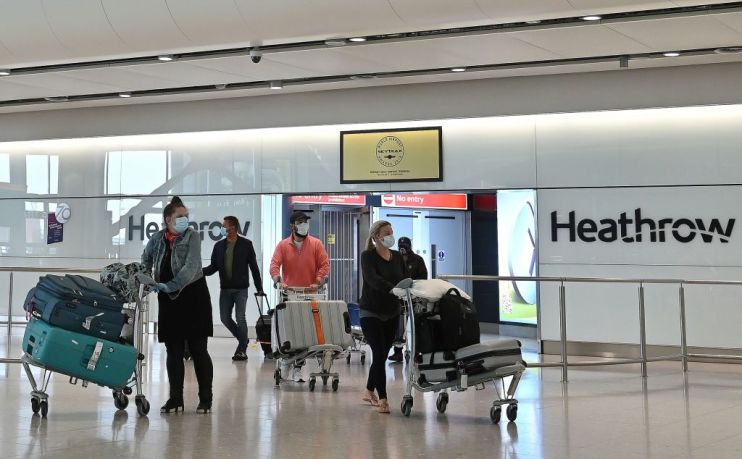Heathrow calls for border reopening plan as passenger numbers fall 97 per cent

The chief executive of the UK’s largest airport Heathrow has called on the government to lay out a roadmap for how it will reopen its borders after coronavirus.
Speaking as the airport announced that passenger volumes in April had fallen 97 per cent, John Holland-Kaye said:
“Aviation is the lifeblood of this country’s economy, and until we get Britain flying again, UK business will be stuck in third gear.
“The government needs to urgently lay out a roadmap for how they will reopen borders once the disease has been beaten, and to take an immediate lead in agreeing a Common International Standard for health in aviation that will allow passengers who don’t have the infection to travel freely”.
Heathrow said that although it supported the government’s attempts to prevent a second spike in infections, the requirement for incoming passengers to quarantine for 14 days, which is widely expected to be confirmed today, would heap even more pressure on the industry.
The combination of wide-ranging travel bans and border closures has crashed demand for air travel, forcing many carriers to ground their fleets.
Last night Prime Minister Boris Johnson confirmed that “it would soon be the time” to introduce such measures on inbound visitors.
In a statement, Heathrow said that it had had just 200,000 visitors in the whole of April, which is roughly the same as it would have on a single day under normal circumstances.
It added that many of those passengers were on board the 218 chartered repatriation flights that landed at Heathrow.
Cargo volumes at the airport were also down 60 per cent, despite the airport having operated 1,788 cargo only flights during April to bring in PPE and other supplies.
Holland-Kaye’s words were echoed by those of the Board of Airline Representatives, which issued a statement saying:
“The restart and recovery of aviation is an essential component in getting the UK economy moving again.
“Flying can only recommence in any meaningful way once the 14 day self-isolation requirement is superseded by a carefully coordinated and internationally harmonised approach, incorporating a series of multi-layered and more effective measures that better target and mitigate risk, and provide the confidence that flying is safe.”